Learning & Development
What is Learning & Development ?
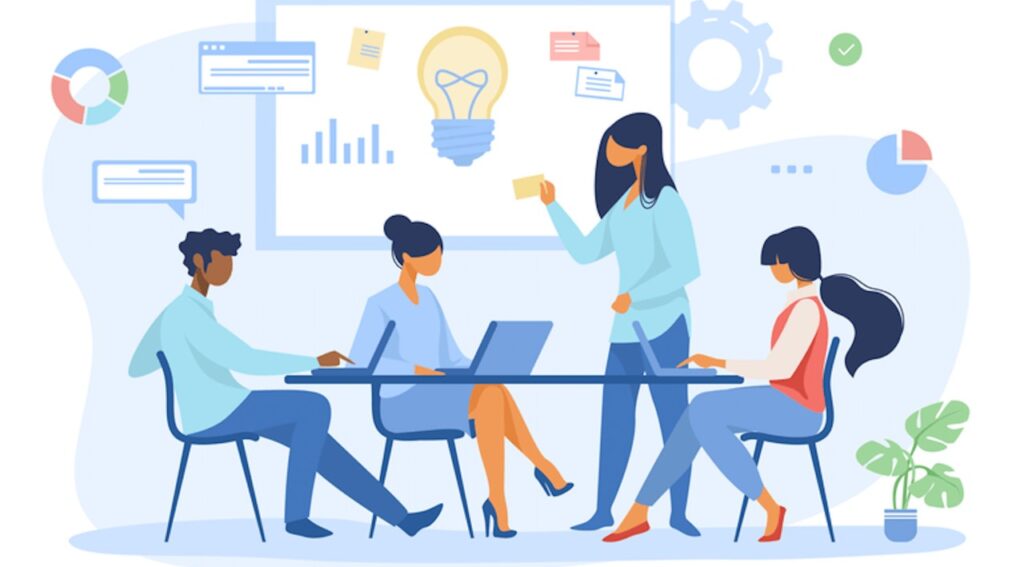
How does Learning & Development work?
- Talent & Gap Analysis
- L & D Strategy formulation
- Procurement
- Execution
- Measurement & Review
Best Practices for Creating a Learning & Development Strategy

FACTOR IN THE REQUIREMENTS OF A MULTIGENERATIONAL WORKFORCE

EMBRACE THE POWER OF MOBILE LEARNING
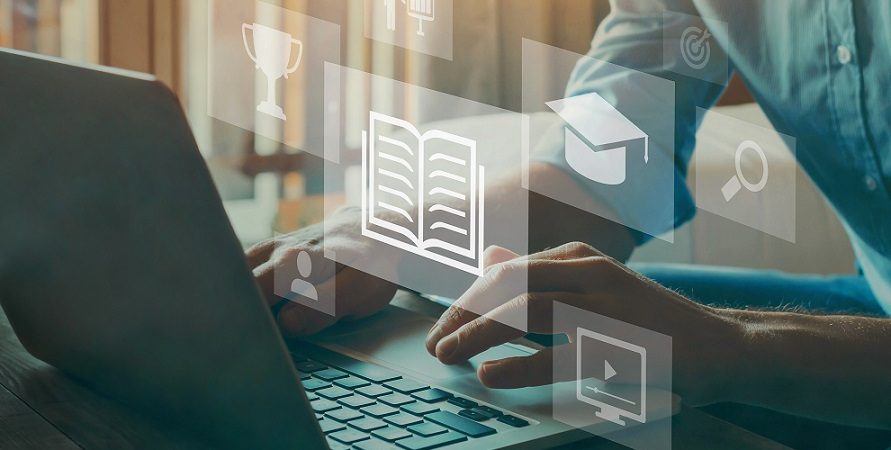
USE TECHNOLOGY INTELLIGENTLY TO PERSONALIZE THE LEARNING EXEPERIENCE

EMBED L&D INTO THE LARGER HR LANDSCAPE
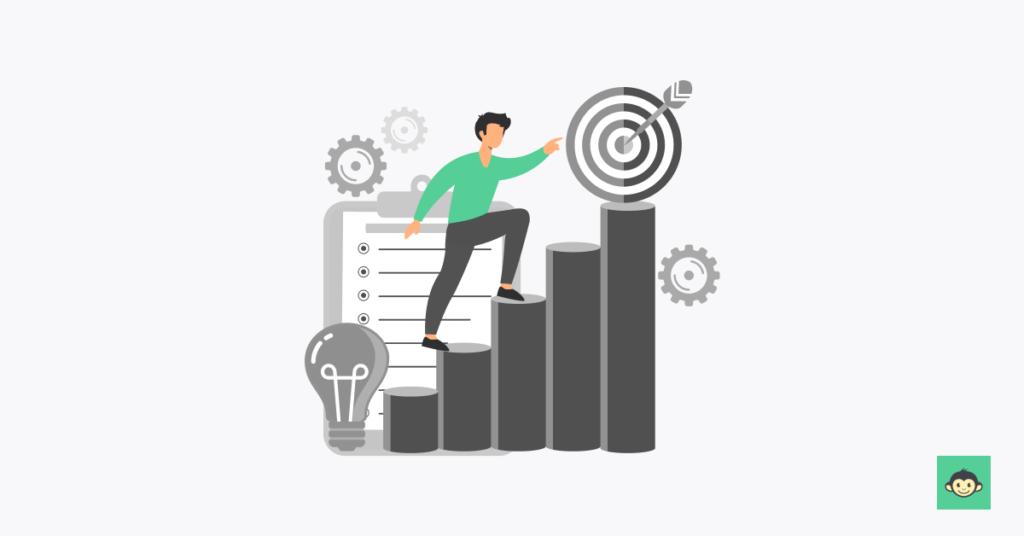
LEVERAGE L&D AS A TOOL FOR SUCCESSION PLANNING
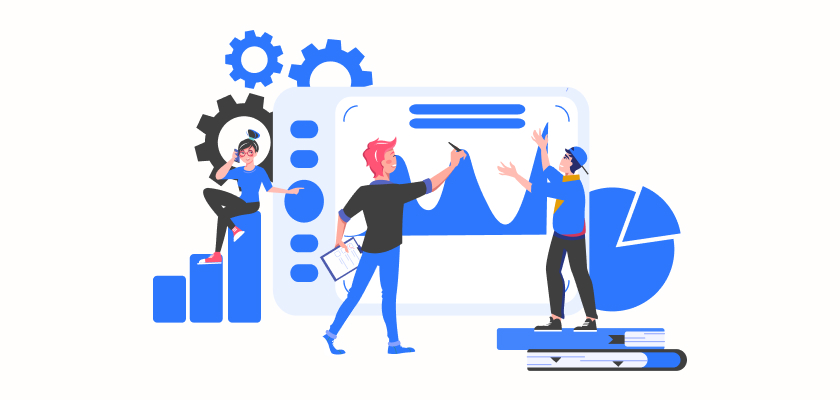
MAKE LEARNING AN ONGOING PROCESS
Tools to Use for Learning & Development?
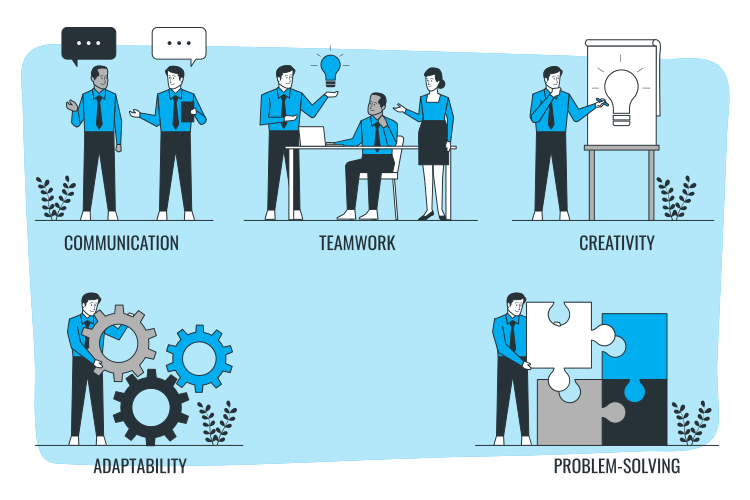
How can we help ?
At Securepoint, our threat hunting service combines automated and manual analyses. Our expert team of hunters, comprising experienced professionals from both Blue and Red Teams, utilizes various SIEMs or our own Big Data-driven Bluescope solution. With extensive expertise in working with diverse data sources such as network, operating systems, identity management systems, and endpoints, we provide comprehensive threat hunting capabilities. Furthermore, our collaboration with Network Intelligence, which has extensive experience in breach response, enhances our understanding of attack Tactics, Techniques, and Procedures (TTPs). Trust us to deliver effective and insightful threat hunting services to bolster your organization’s cybersecurity defenses.